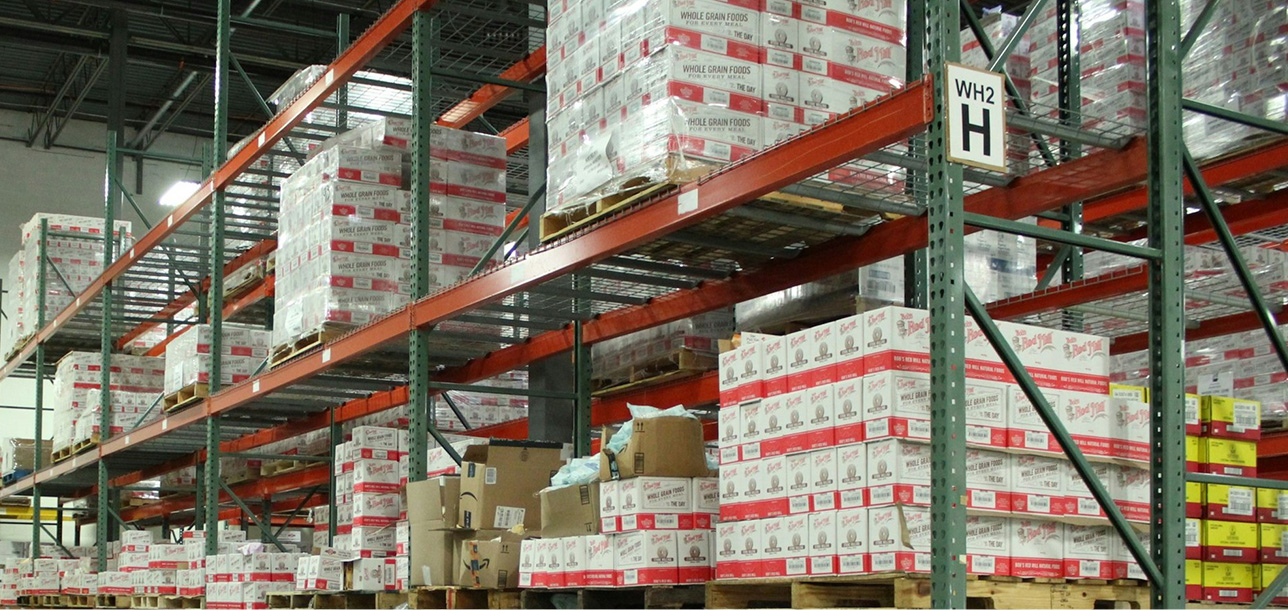Navigating the Roads: Understanding the Largest Van You Can Drive Without a CDL
When it comes to driving commercial vehicles, understanding the regulations surrounding Commercial Driver's Licenses (CDLs) is crucial for both safety and compliance. For many individuals and businesses, the question arises: What is the largest van you can drive without a CDL? This inquiry not only pertains to the size and weight of the vehicle but also involves a nuanced understanding of federal and state regulations. In this article, we will delve into the specifics of van classifications, weight limits, and the implications of driving without a CDL.
Understanding Vehicle Classifications
To determine the largest van you can drive without a CDL, it's essential to first understand how vehicles are classified. In the United States, the Federal Motor Carrier Safety Administration (FMCSA) categorizes vehicles based on their Gross Vehicle Weight Rating (GVWR). The key classifications are:
- Light-Duty Vehicles: Typically, these vehicles have a GVWR of 10,000 pounds or less. Most standard vans, such as the Ford Transit Connect or the Ram ProMaster City, fall into this category. Drivers of these vehicles do not require a CDL.
- Medium-Duty Vehicles: These vehicles have a GVWR ranging from 10,001 to 26,000 pounds. Examples include larger cargo vans and some shuttle buses. Depending on the state, a CDL may be required if the vehicle exceeds certain weight thresholds or is used for commercial purposes.
- Heavy-Duty Vehicles: Vehicles with a GVWR over 26,000 pounds are classified as heavy-duty and require a CDL to operate. This category includes large box trucks and buses.
The 26,000-Pound Threshold
The most critical figure to remember is the 26,000-pound GVWR threshold. According to federal regulations, if the van you intend to drive has a GVWR of 26,000 pounds or less, you can operate it without a CDL. This means that many full-size vans, such as the Ford Transit, Mercedes-Benz Sprinter, and Chevrolet Express, can be driven without a CDL, provided they do not exceed this weight limit.
State Regulations and Variations
While federal regulations provide a baseline, it's important to note that individual states may have their own rules and exceptions. For instance, some states may require a special license or endorsement for certain types of vehicles, even if they fall under the 26,000-pound limit. Additionally, if the van is being used for commercial purposes, different regulations may apply.
For example, in California, a Class C license is sufficient for driving vehicles with a GVWR of up to 26,000 pounds, but if the vehicle is designed to carry more than 10 passengers or is used to transport hazardous materials, a CDL may be required. Therefore, it is crucial to check with your local Department of Motor Vehicles (DMV) or equivalent authority to ensure compliance with state-specific regulations.
Practical Considerations for Non-CDL Drivers
If you are considering driving a van without a CDL, there are several practical considerations to keep in mind:
- Insurance Requirements: Ensure that you have the appropriate insurance coverage for the vehicle you are driving. Commercial insurance policies may differ significantly from personal auto insurance.
- Safety Training: Even if a CDL is not required, it is advisable to undergo safety training, especially if you are operating a larger vehicle. Understanding the dynamics of driving a larger van, including blind spots and braking distances, can enhance safety for you and others on the road.
- Load Management: Be mindful of the weight you are carrying. Overloading a van can not only lead to safety hazards but also legal repercussions. Always adhere to the manufacturer's specifications regarding load limits.
- Maintenance and Inspections: Regular maintenance and inspections are crucial for any vehicle, particularly larger vans that may be used for commercial purposes. Ensure that brakes, tires, and other critical components are in good working order.
Conclusion
In summary, the largest van you can drive without a CDL is one with a Gross Vehicle Weight Rating of 26,000 pounds or less. However, it is essential to be aware of state-specific regulations and the potential need for additional endorsements or licenses based on the vehicle's use and configuration. By understanding the classifications, adhering to safety practices, and ensuring compliance with both federal and state laws, you can navigate the complexities of driving larger vans confidently and legally. Always remember that safety and compliance should be your top priorities on the road.

